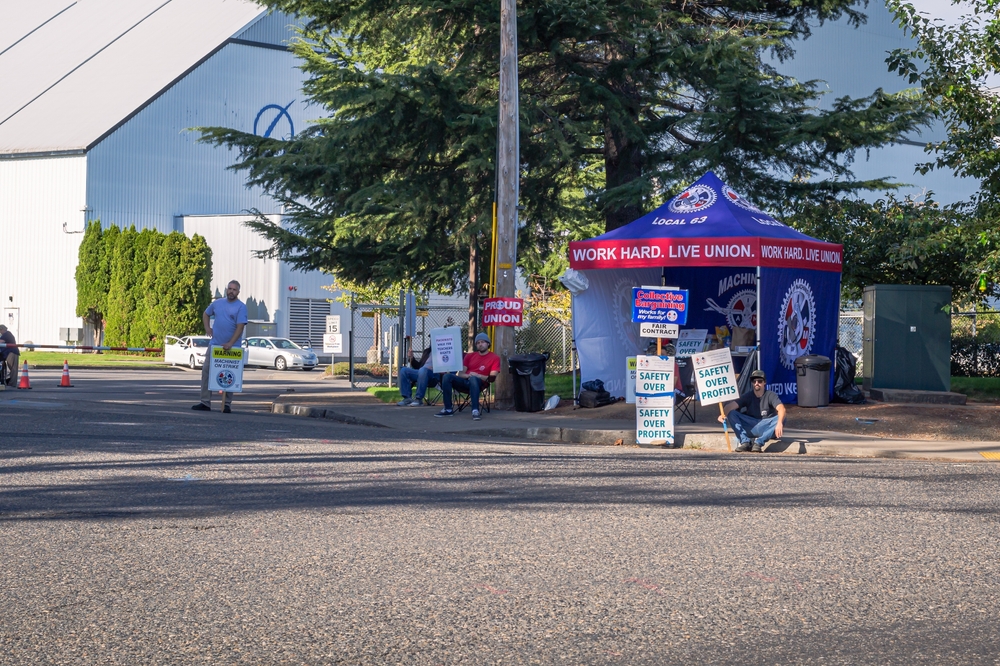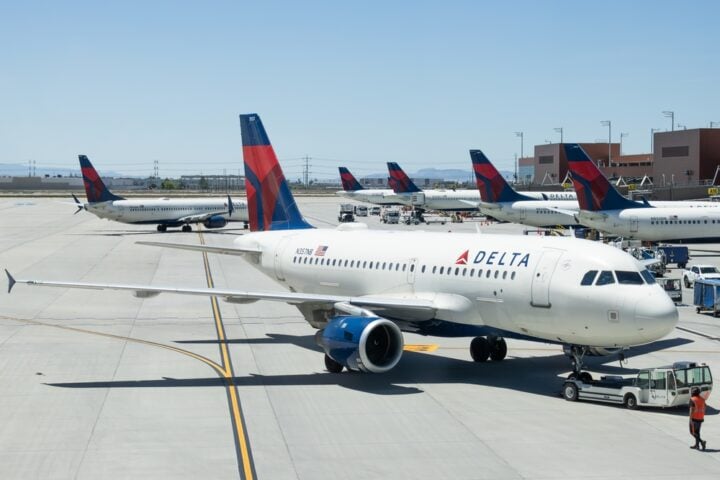Boeing is grappling with major disruptions after tens of thousands of its workers went on strike, forcing the aerospace giant to freeze recruitment and consider furloughing employees. The strike, which began on Friday, has put significant pressure on the company’s recovery efforts, prompting a series of cost-cutting measures as it works to curb spending.
With 33,000 Boeing employees walking off the job to demand higher pay, the company has paused most employee travel and suspended non-essential capital expenditures. The industrial action, the first since 2008, threatens to delay production of Boeing’s 737 Max, the company’s top-selling aircraft, adding to the challenges Boeing faces amid ongoing output delays and financial strain.
CEO’s Plea Fails as Workers Walk Off
Boeing’s new CEO, Kelly Ortberg, had urged workers to avoid the strike, warning of its potential impact on the company’s recovery efforts. Despite his pleas, the overwhelming majority of workers chose to proceed with the walkout, driven by demands for better compensation.
In a memo to staff, Boeing’s chief financial officer, Brian West, revealed that the company is now considering “the difficult step of temporary furloughs for many employees, managers, and executives” in the coming weeks. He added, “This strike jeopardizes our recovery in a significant way, and we must take necessary actions to preserve cash and safeguard our shared future.”
The Vote and Its Impact
The strike followed last week’s vote in which nearly 95% of Boeing’s workers rejected a proposed agreement that included a 25% pay increase over four years. An even higher percentage, 96%, voted in favor of the strike. The walkout has hit Boeing at a critical time, as the company has been dealing with production delays, mounting debt, and a string of high-profile setbacks in both its commercial and space divisions.
The strike not only halts the production of Boeing’s bestselling 737 Max but also comes on the heels of January’s cabin panel blowout incident, which involved a brand-new Max jet and renewed concerns over the safety and quality of Boeing’s planes.
Financial Uncertainty and Fallout
Boeing’s stock took a hit, falling 1.3% in early trading on Monday following the strike announcement. The company, already dealing with financial difficulties, is now faced with further uncertainty as the strike continues. The potential furloughs and other cost-cutting measures, while necessary to preserve cash flow, have created anxiety within the company’s workforce and management.
West acknowledged the concerns raised by these decisions, stating that Boeing’s current situation would “create some uncertainty and concern” among employees. He emphasized that the company’s priority is to safeguard its future and navigate the economic challenges ahead.
Space Division Troubles Compound Boeing’s Woes
Adding to Boeing’s difficulties is its troubled space division, which has also faced setbacks this year. The high-profile Starliner spacecraft mission, which returned to Earth earlier this month, has raised concerns after landing without the two astronauts it was supposed to transport to the International Space Station. This incident, coupled with issues in its commercial jet division, has put Boeing under increased scrutiny.
As the company contends with the strike, production halts, and ongoing financial strain, its leadership is working to stabilize operations. Boeing’s executives are likely to face difficult decisions in the weeks ahead, as the company seeks a resolution to the labor dispute and a path forward for both its commercial and space ventures.
Outlook: Uncertainty in Boeing’s Future
The current worker strike has thrown Boeing’s recovery plans into disarray, putting the company’s future on shaky ground. With 737 Max production halted and potential furloughs looming, Boeing will need to navigate these challenges carefully to maintain stability. The company is not only dealing with immediate financial and operational challenges but also broader concerns regarding the quality and safety of its products. How Boeing manages this crisis will determine the trajectory of the aerospace giant in the months and years ahead.







